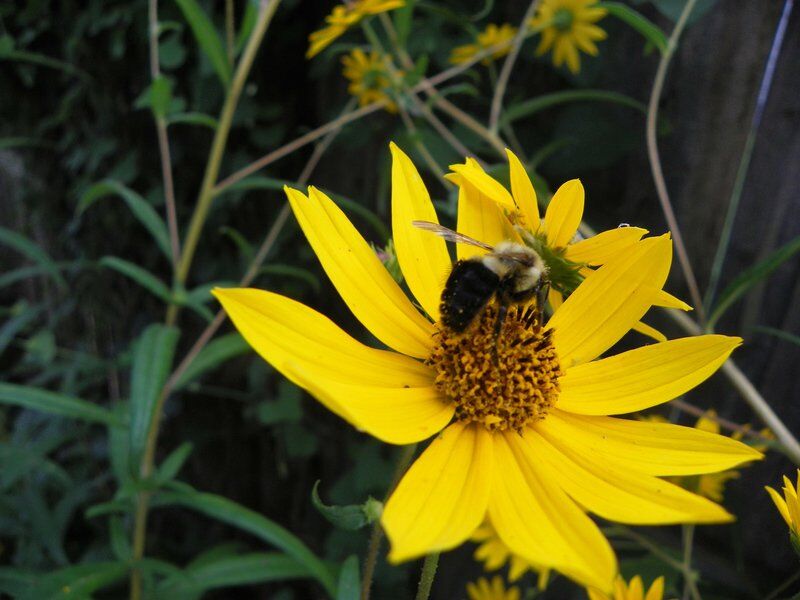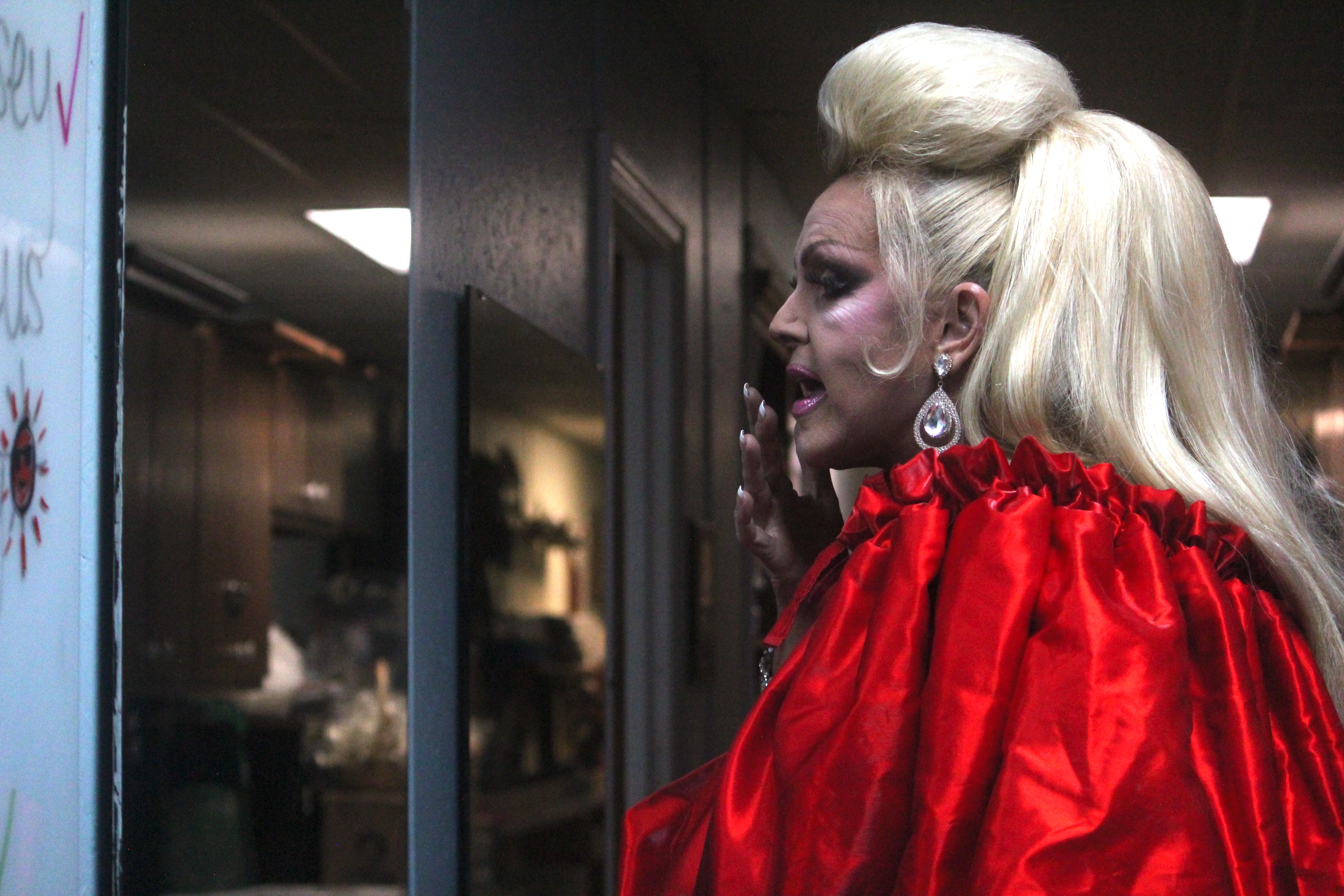GROOMS GARDENING: Season perennials add color to fall gardens
Published 2:00 pm Saturday, October 24, 2020

- Susan Grooms | Submitted Photo A bumblebee lands on a helianthus flower.
Sunday begins the last full week of October and the week will end Saturday the 31st, Halloween, and also a full blue moon.
Blue moons are not actually blue but refer to a second full moon in the same month. Oct. 1 was a full moon and Oct. 31 will be the second full moon of this month.
Trending
Some gardens are getting worn out and tired looking. A few bright mums will give it a quick pick up. Planting cool season perennials will add color through the winter, pansies, violas, dianthus (pinks), snapdragons and calendulas will make a big difference once they start to flower.
Sasanqua camellias are starting to bloom. They’re smaller, fragile blooms are very beautiful and delicate. They will bloom until the weather turns cold and the Japonica camellias start to bloom.
Amaryllis Garden Club wishes to thank everyone who came to the plant Swap and Sale last Sunday.
It was a beautiful day and there were lots of pretty and interesting plants. I told myself I would not bring any more plants home, of course, I came home with lots of plants, not as many as I took, but more than I need. Now I have even more plants that need to be put in the ground, to feel guilty about.
Japanese Daisy mums are blooming, the buds seemed to explode overnight. The petals are white now, but if we experience a week or so of cool nights they will turn a deep pinkish purple. I much prefer the pink-purple than just the white flowers.
They’re growing in a patch of full sun from noon until sunset. The mums are doing very well and what was only four plants, is a 4′ by 4′ patch. I grew them in town, but over the years, they became shaded out from large trees.
Trending
The countryside and roadsides are still ablaze with beautiful wildflowers. Goldenrod still leads but is losing its bright color and becoming weather worn. The birds are eating beauty berries and they are disappearing from the branches of the native shrub.
Swamp sunflower, helianthus gigantis, are filling ditches with bright gold and yellow daisy-like flowers. They grow in large groups at the top of the perennial and each plant can have up to two dozen flowers in the large group each one produces. They have brown centers and very bright yellow-gold petals.
There are some downsides to the plant; they grow very tall and can be blown over during heavy summer rains and will smother out plants below and you have to wait until October until they start to bloom. They grow very tall, 10 feet, but when they blow over, each leaf node will produce a flowering stem that will grow straight up and produce a smaller cluster of flowers.
The plants can be extremely invasive as they spread by underground runners. They are an asset to a garden but they should be placed far away from beds, out near a tree line so they will be seen but will not take over your yard.
Shorter growing wildflowers are filling shallow ditches with their foot-tall plants covered with more yellow daisy-like flowers. Yellow is the predominant season’s color in autumn, with touches of purple and blue coming from smaller groups of wildflowers. It is so beautiful to ride down the roads and see riots of color all along the roadsides.
I sure hope this beautiful weather continues. I’ve heard several people say a warm, dry winter is expected. I don’t like being cold but I would like some cooler weather to kill off some of the insects that are trying to eat our plants.
I think the last two winters have been so warm is why the evil amaryllis weevil showed up in the spring and ate bulbs; destroying amaryllis, red spider lilies, gold spider lilies and hymenocallis lilies.
Enjoy this brief interlude of cool weather and colorful landscapes it will pass quickly. I hope to get a lot of catching up done once it gets cool enough to wear long sleeves and pants to work outside. I’m out of space, see you next week.
Susan Grooms lives and gardens in Lowndes County.





